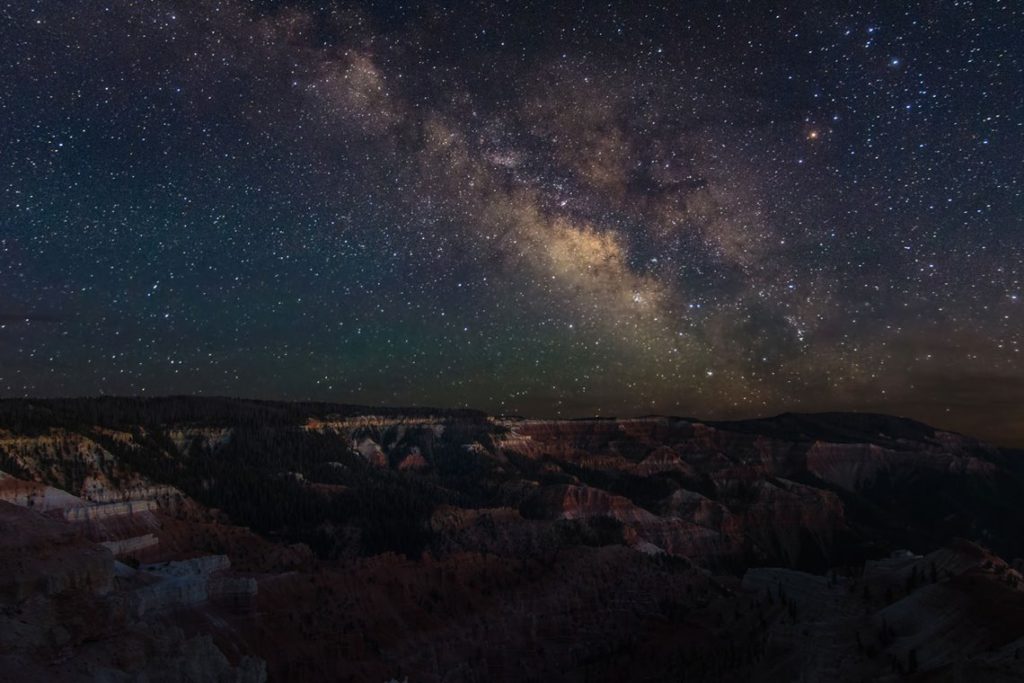Sky Report September 6 – September 13

The sky is always changing. Some things happen quickly, like a solar eclipse or a meteor. Other changes happen infinitely slowly, like the rotation of the Milky Way. But many changes take place over weeks and months, and people with short attention spans will miss them but regular sky watchers can follow the progress. One such event is when the earth passes Mars.
Right now the earth is approaching Mars, which orbits the sun more slowly than we do. Every 26 months the earth catches and passes Mars, and when we do Mars grows brighter night by night as we grow closer, and then Mars fades in brightness as we move on ahead and leave it behind. We’re approaching Mars right now and we’ll pass it on October 6th. Notice that Mars is getting brighter week by week; its brightness almost doubles between now and October 6th, when it will be even brighter than Jupiter. On October 6th headlines will proclaim that “tonight is the night to look at Mars” but savvy sky-watchers have been watching it all along.
Even when Mars is at its closest it’s disappointingly small as seen through a telescope. This week it is 42 million miles distant – about 160 times as far as our moon.
Mars rises at 10 pm in Pisces, the Fishes, and is more than half-way up the southern sky at 4 am. For detailed information I recommend https://earthsky.org/astronomy-essentials/why-is-mars-sometimes-bright-and-sometimes-faint.
Elsewhere in the sky Jupiter and Saturn are a third of the way up the southern sky as the sky grows dark. Jupiter is brighter than anything else in the evening sky except the moon, and Saturn is as bright as a typical bright star and it is immediately to the left of Jupiter. They are in the eastern part of Sagittarius and east of the Milky Way which at this time of year stretches from near the south to almost overhead and to the northeast.
Last to appear is Venus, which rises 3½ hours before the sun. It’s brilliant low in the southeast during morning twilight.
The moon is to the left of Mars on the morning of Wednesday the 7th. On the morning of Monday the 14th the moon is 5° to the lower left of Venus while the famous Beehive Star Cluster, best seen with binoculars, is just above them, and you can see all three together in most binoculars.
The Sky Report is presented as a public service by the Stellar Vista Observatory, a nonprofit organization based in Kanab, Utah, which provides opportunities for people to observe, appreciate, and comprehend our starry night sky. Additional information is at www.stellarvistaobservatory.org. Send questions and comments to John@StargazingAdventures.org.






Comments are closed.